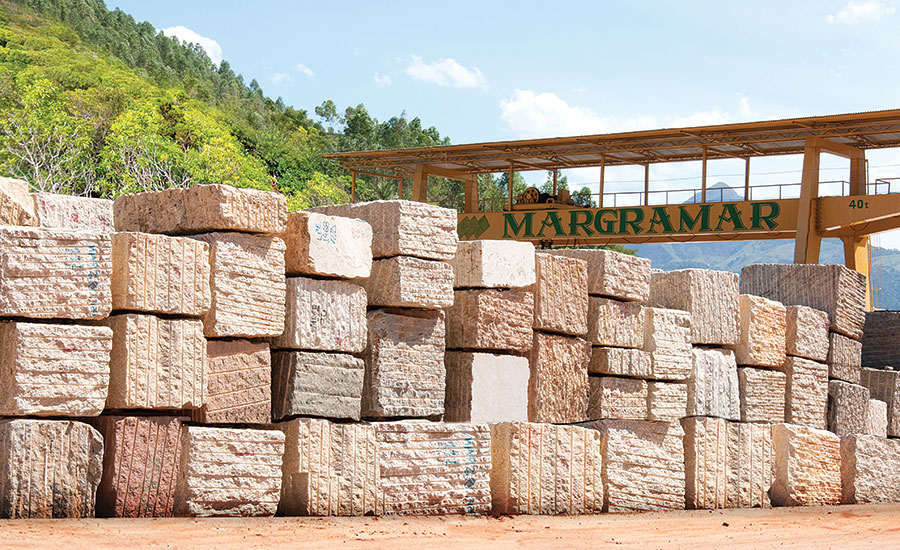Discovering the Rich Background and Lasting Practices of Granite Quarrying
As we stand on the precipice of discovering the complex tapestry of granite quarrying, a journey via time exposes not simply the physical act of extracting rock but likewise the cultural and historical value woven into the extremely material of this method. From the old beginnings that laid the foundation for modern quarrying strategies to the sustainable practices that are forming the future of this market, each carve mark on granite surfaces tells a tale waiting to be uncovered (granite quarries in south africa). The legacy of granite quarrying extends much beyond simple removal; it is a testimony to human resourcefulness, durability, and the long-lasting attraction of this impressive stone
Ancient Origins of Granite Quarrying
Dating back to old civilizations, the practice of quarrying granite has been an important component of human background and architectural innovation. The earliest proof of granite quarrying go back to ancient Egypt, where massive pyramids and complex sculptures were crafted from this sturdy rock. The Egyptians utilized primitive tools to extract granite blocks from quarries, showcasing the significance of this product in their huge building and constructions.
Progressing in background, the Greeks also made considerable contributions to the quarrying of granite. The Greeks used granite in various architectural marvels, such as holy places and statuaries, demonstrating their ability in shaping and sculpting this durable stone. The Romans even more refined the techniques of quarrying granite, employing advanced tools like chisels and hammers to essence and shape granite for their iconic frameworks.
Via the centuries, the technique of quarrying granite has developed, with modern-day innovations improving efficiency while maintaining the classic allure of this all-natural stone - granite quarries in south africa. From ancient human beings to modern building contractors, the heritage of granite quarrying remains to shape our globe
Advancement of Quarrying Strategies
The advancement of quarrying methods has been noted by a constant progression towards better effectiveness and precision in removing granite. From the primary techniques utilized by our ancestors to the innovative innovations utilized in modern-day quarrying operations, the sector has actually undergone substantial improvements. Early quarrying strategies included hand-operated labor with basic tools such as knives, hammers, and wedges to extract granite blocks from the planet. As human beings advanced, strategies like fire-setting and primitive dynamites were presented to assist in the extraction procedure.
In even more recent times, the arrival of machinery changed the quarrying industry, allowing much faster removal prices and enhanced performance. Technologies such as ruby wire saws, high-pressure water jets, and pneumatic drills have actually become standard in modern-day quarries, allowing for accurate cutting and minimized waste. Improvements in computer-controlled tools and 3D modeling have maximized quarrying procedures, leading to very little ecological influence and boosted sustainability practices. As the demand for granite continues to rise, the development of quarrying methods continues to be integral to meeting industry needs efficiently and sustainably.
Social Value of Granite
Granite holds an extensive social relevance across different civilizations due to its long-lasting visibility in architectural masterpieces and prized monuments. From the marvelous pyramids of Egypt to the complex makings of the Angkor Wat holy place in Cambodia, granite has actually been a product of choice for expressing majesty and long life in cultural heritage. In ancient Rome, granite columns adorned holy places and public structures, representing strength and durability. The cultural importance of granite extends past its physical qualities; it embodies strength, security, and timelessness, making it a symbol of sustaining traditions and traditions.

Sustainable Practices in Quarrying
Among the rich history of granite quarrying and its social value exists a growing emphasis on lasting practices within the sector. As ecological understanding and issues about source depletion have actually increased around the world, the quarrying field has increasingly welcomed sustainable approaches to lessen its effect on the atmosphere and bordering neighborhoods.

Moreover, recovery and recovery of quarry websites post-extraction are important to sustainable methods. By bring back quarried areas to a natural or useful state, such as producing wildlife habitats or entertainment rooms, quarriers can counter the ecological impact of their procedures and contribute positively to the local ecological community.
Heritage of Granite Quarrying
With a historic background soaked in craftsmanship and industrial progression, what withstanding effect has granite quarrying left on the landscape of contemporary society? go to this site The legacy of granite quarrying goes beyond simple extraction techniques; it has actually formed architectural marvels, city landscapes, and cultural heritage worldwide. The resilient nature of granite has actually made it a recommended option for monuments, buildings, and framework, standing as a testament to the skill and virtuosity of quarry workers throughout generations.
Additionally, the financial footprint of granite quarrying can not be overlooked. The sector remains to supply employment possibility and drive regional economies in areas where granite extraction is widespread. It has also stimulated technological advancements in quarrying strategies and equipment, bring about a lot more effective and sustainable methods.
In regards to sustainability, the heritage of granite quarrying includes efforts to mitigate environmental impacts with recovery projects and accountable source monitoring. By stabilizing financial passions with ecological stewardship, the sector aims to make sure that future generations can remain to gain from this enduring natural deposit.
Verdict
